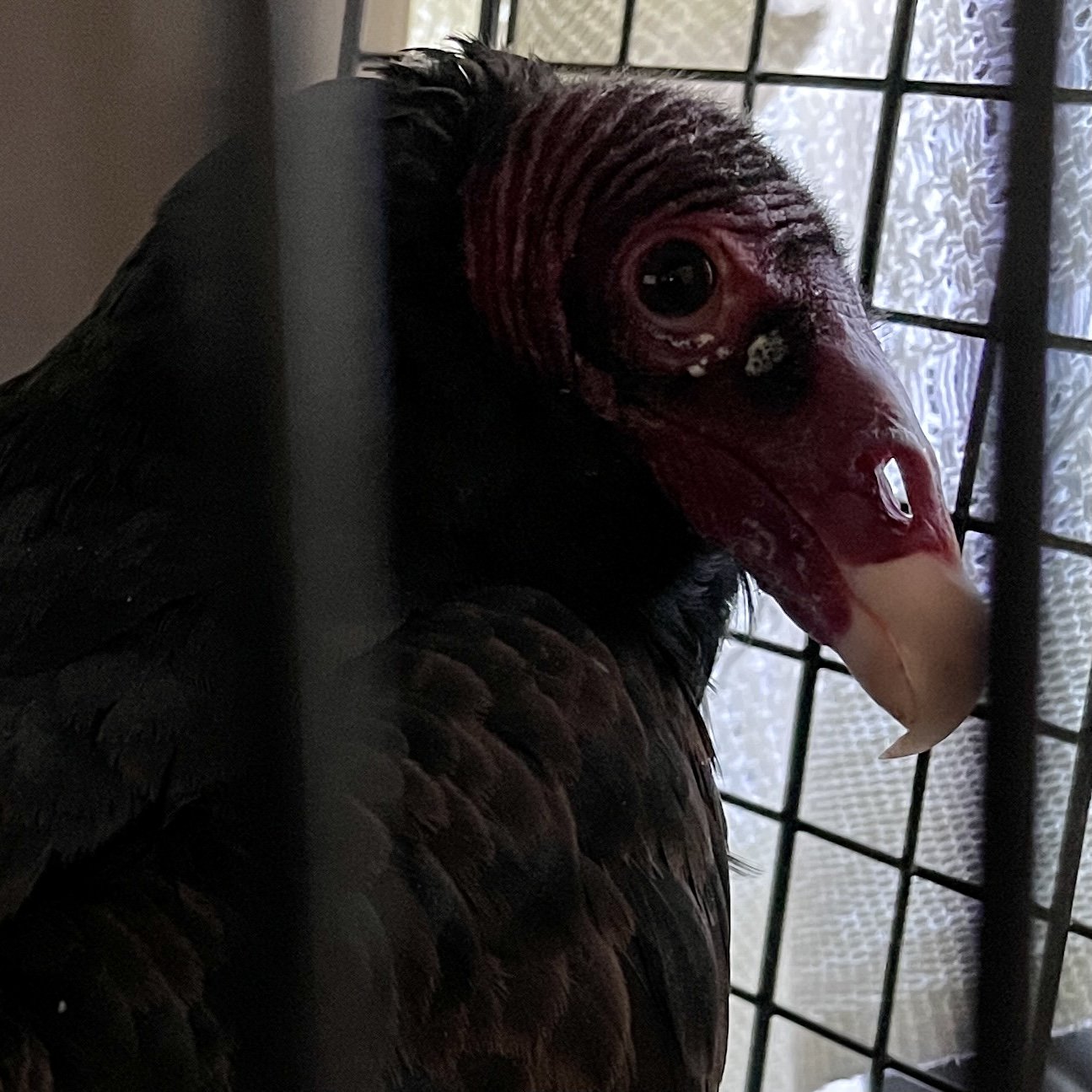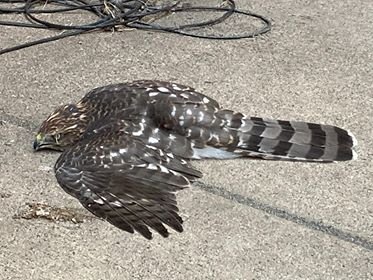✨ Join Us on Our Flight to Sedona: The IRFC Migration Campaign! ✨
Donate and help us construct state-of-the-art aviaries, research facilities, interactive exhibits, and a dedicated raptor rehabilitation center.
For years, we have been dedicated to the preservation, conservation, and education surrounding these majestic birds of prey. Now, with your help, we can take our mission to unprecedented heights and ensure a thriving future for these magnificent birds.
By contributing to our expansion project, you will directly support the construction of state-of-the-art aviaries, research facilities, interactive exhibits and a dedicated raptor rehabilitation center. This center will provide critical care and rehabilitation to injured and orphaned raptors, offering them a second chance at life in the wild. This is missing in Northern Arizona.
Why should you contribute? Here are just a few reasons:
Conservation: Your donation will contribute to preserving threatened raptor species, protecting their habitats and rehabilitating injured birds. Together, we can combat the challenges they face and ensure their survival for generations to come.
Education: The expanded International Raptor and Falconry Center will become a hub of knowledge, offering informative workshops, guided tours, and engaging programs for visitors of all ages. Your support will enable us to educate the public about the importance of raptor rehabilitation and inspire future conservationists.
Research: Through our expanded research facilities, we will conduct groundbreaking studies on raptor behavior, biology, and rehabilitation techniques. Your donation will directly fund vital research projects aimed at improving rehabilitation methods and maximizing successful releases.
Raptor Rehabilitation in Northern Arizona:
1. Ecological Significance of Raptors: Raptors, commonly known as birds of prey, are apex predators that play a pivotal role in maintaining the ecological balance. They control populations of small mammals, birds, and insects, ensuring that no single species becomes overly dominant. The preservation of raptors is therefore integral to the health and sustainability of ecosystems in Northern Arizona and beyond.
2. Human-caused Threats to Raptors: Human activities, including urban development, deforestation, and roadway construction in Northern Arizona, have posed significant threats to raptor populations. These activities not only result in habitat loss but also lead to increased chances of injury due to collisions with vehicles, power lines, and buildings. Furthermore, exposure to rodenticides and other toxins can have devastating effects on these birds. As the human footprint expands, the need for specialized care for injured, sick, or orphaned raptors grows proportionally.
3. Gaps in Local Wildlife Rehabilitation: While Northern Arizona boasts diverse fauna, there's a conspicuous absence of dedicated facilities for raptor rehabilitation. Many injured raptors are often left untreated, leading to unnecessary suffering and death. The presence of a center focusing solely on raptors can address this gap and provide much-needed care to these birds, enhancing their chances of survival and eventual release.
4. The Expertise of the International Raptor and Falconry Center (IRFC): The IRFC brings a unique combination of expertise, passion, and commitment to the cause of raptor rehabilitation. The organization has:
Trained Staff: With veterinarians and rehabilitation experts specializing in raptor care, the IRFC is well-equipped to handle the unique challenges posed by these birds.
State-of-the-Art Facilities: Will be designed with the specific needs of raptors in mind, and will ensure that injured birds receive optimal care during their recovery process.
Educational Programs: Beyond rehabilitation, the IRFC is committed to raising awareness about raptors, their importance, and the threats they face. Their outreach programs play a critical role in fostering a sense of stewardship among local communities.
Research and Conservation Initiatives: The IRFC also actively participates in research to better understand raptor biology, behavior, and conservation needs. Their work contributes to the broader scientific community's understanding of these magnificent birds.
5. Sustainable Funding as a Catalyst for Change: To ensure the long-term success of raptor rehabilitation in Northern Arizona, it's essential that organizations like the IRFC receive sustained funding. Such financial backing will:
Allow the center to treat injured raptors.
Enhance research capabilities.
Expand educational and outreach programs.
Ensure the maintenance and potential expansion of the center’s facilities.



